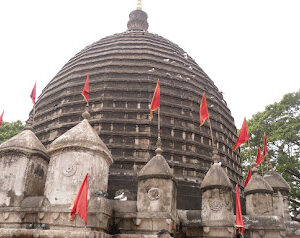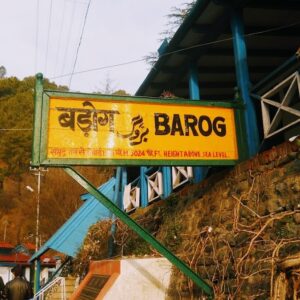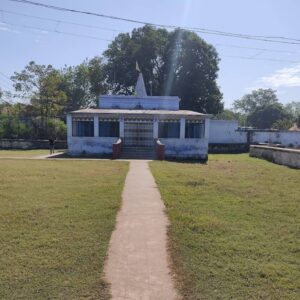São Miguel Island (pronounced [ˈsɐ̃w miˈɣɛl]; Portuguese for ‘Saint Michael’), nicknamed “The Green Island” (Ilha Verde), is the largest and most populous island in the Portuguese archipelago of the Azores. The island covers 760 km2 (290 sq mi) and has around 140,000 inhabitants, with 45,000 people residing in Ponta Delgada, the archipelago’s largest city.
In 1427, São Miguel became the second of the islands discovered by Gonçalo Velho Cabral to be settled by colonists from continental Portugal. This date is uncertain, as it is believed that the island was discovered between 1426 and 1437 and inscribed in portolans from the middle of the 15th century. Its discovery was later recorded by Father Gaspar Frutuoso in the seminal history of the Azores, Saudades da Terra, as he began: “This island of São Miguel where…we are, is mountainous and covered in ravines, and it was, when we discovered it, covered in trees…due to its humidity, with its water showers and ravines warm with sun…”
History
It was sometime after the initial settlement of Povoação Velha (on the southeastern coast) that (between 1439 and 1444) a volcanic eruption occurred in the crater of Sete Cidades (then uninhabited). There are no records of the precise date, but Gaspar Frutuoso noted that navigators returning to São Miguel (soon after its discovery) encountered the western part of the island completely changed and tree trunks and pumice stone floating in the waters around the island. After docking in Povoação, the settlers reported feeling tremors and aftershocks; “…those settlers living in their earthen holes of straw and hay, heard almost within a year a great loud noise, roars and snorts that came from the earth with large tremors still proceeded the subversion and fire from the peak that had disappeared.”
In the early 15th century, Prince Henry the Navigator first authorized the settlement of the Azores, and many settlers from the historical provinces of Estremadura, Alto Alentejo, Algarve and Madeira travelled to São Miguel, under the Carta Régia (a decree of the regency). The fertile soils and temperate climate attracted settlers from other countries, notably French and Flemish people. Cultural minorities such as Sephardic Jewish New Christians are believed to have comprised as much as 20% of the island’s population (i.e., many had surnames such as ‘Pereira, Pimentel, Dias, Menezes, Oliveira, Nunes, Mendes, Rodrigues, Pinto etc.), and some Moors were exiled to the island during the inquisition. Its geographic position and fertile soils permitted rapid economic development. The establishment of a military garrison made the island an obligatory port-of-call in the African and Asian commercial trade, while the export of sugar, and later orchil (a dye exported to Flanders for the making of cloth) stabilized the island’s export trade.
The first capital of the island was Vila Franca do Campo, which was devastated by the 1522 Vila Franca earthquake and landslides. The tragedy helped to elevate Ponta Delgada to the administrative and economic status of capital and business centre from 1546.
During the Portuguese succession crisis of 1580, the people from São Miguel won the naval Battle of Vila Franca against a French squadron that supported the claims of the pretender António, Prior of Crato.
With the Portuguese Restoration War (1640), the island regained its position as a commercial centre, establishing new contacts in Brazil, which was heavily colonized during this period. Some of the island’s historic buildings, including mansions and churches, date from this period; the island’s architectural expansion and developed came from revenues from the export of oranges, mainly to Great Britain.
In 1831, during the Liberal Wars, following the landing of troops loyal to Queen Maria II in Nordeste (sent by future Duke of Terceira), a resistance to the Absolutist regime on the Island was organized. In 1832, this militia declared allegiance to the Charter (constitutional monarchy) and Queen Maria, forming a contingent that sailed to the continent where they were involved in the liberation of Porto.
Following the Liberal Wars, the period of Devourism allowed the economy to flourish, and the port of Ponta Delgada expanded, through the export of new crops such as tea, pineapple, and tobacco. The development of the fishing industry, cultivation of food staples and expansion of the dairy industry permitted the growth of many of the population centres on the island.
Following the Carnation Revolution, the island received the seat of the Presidency of the Autonomous Region of the Azores, located in Ponta Delgada, while its economic, social and political importance continued to grow within the archipelago.

















Reviews
There are no reviews yet